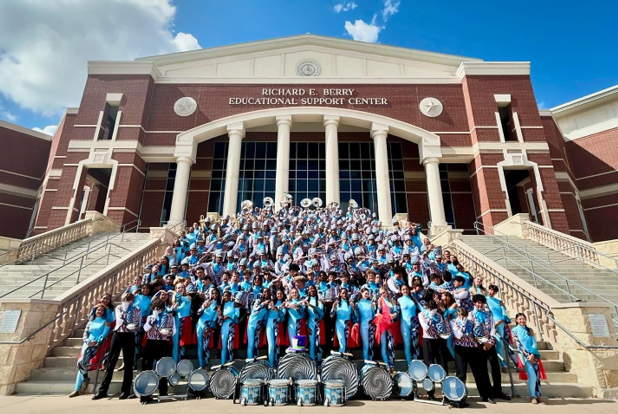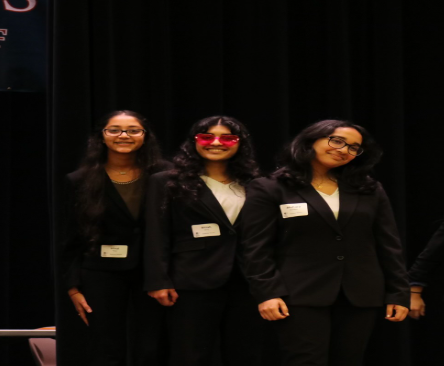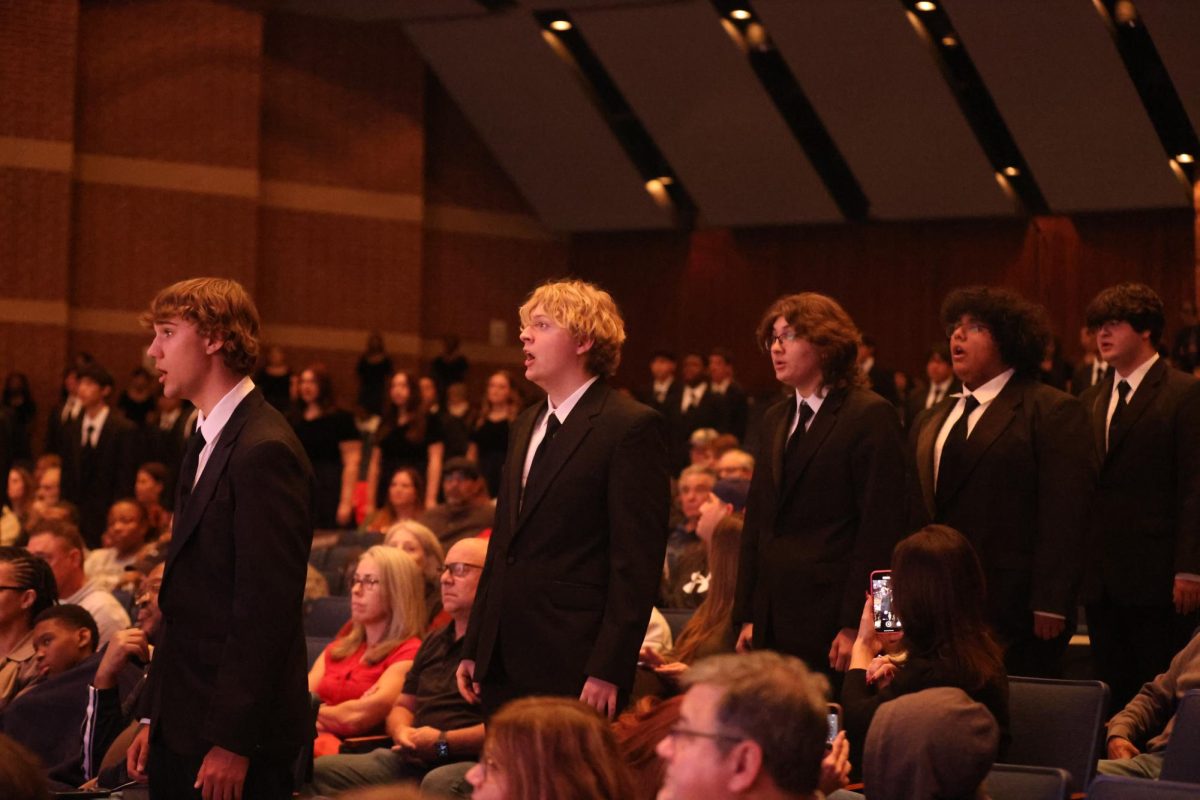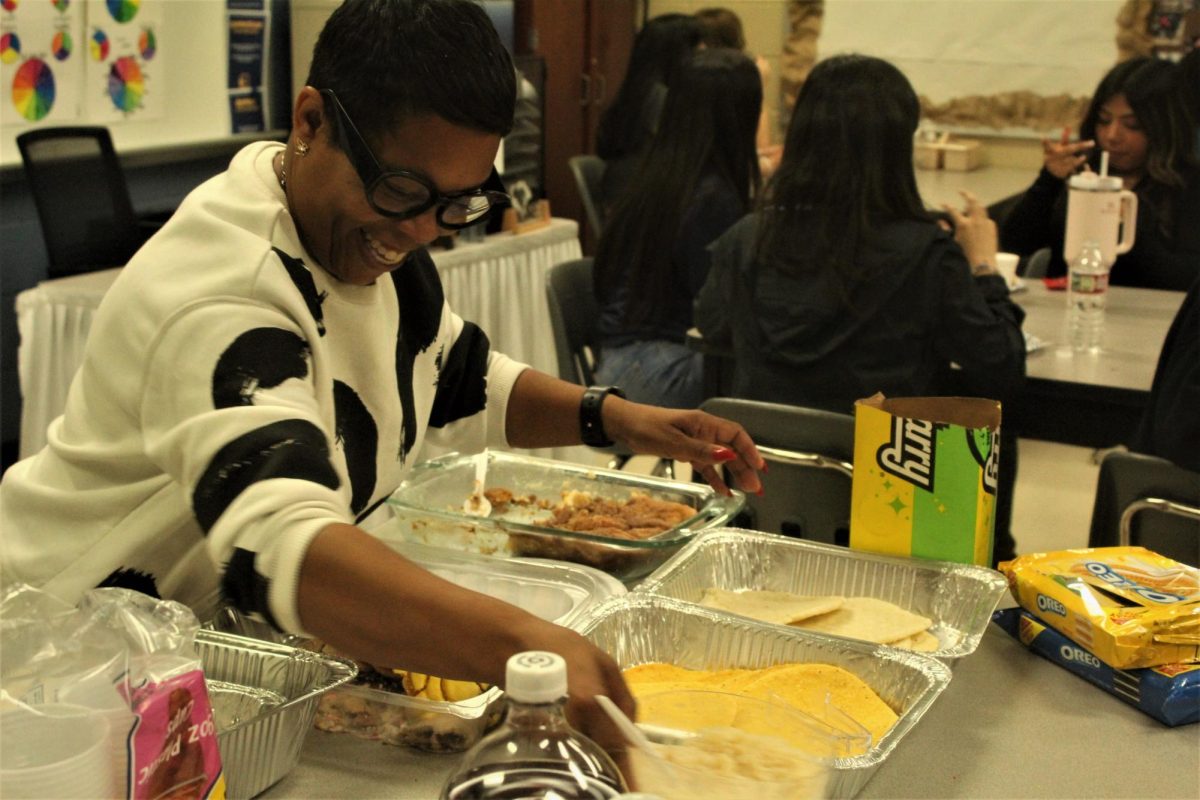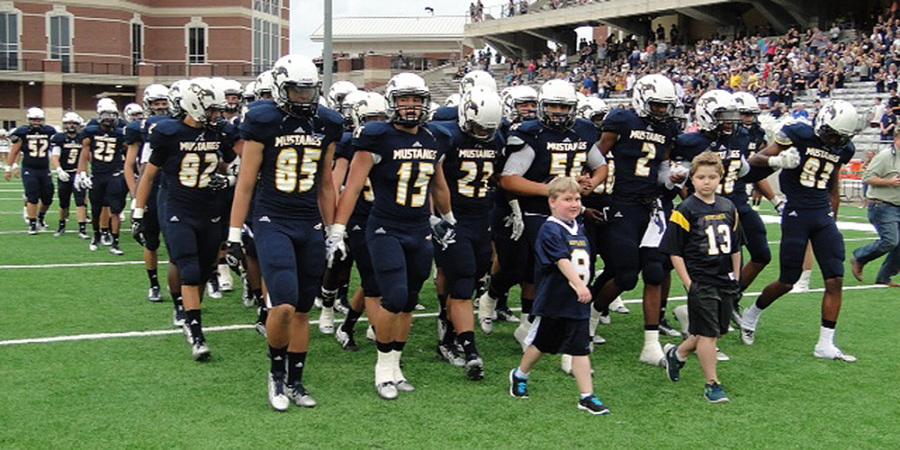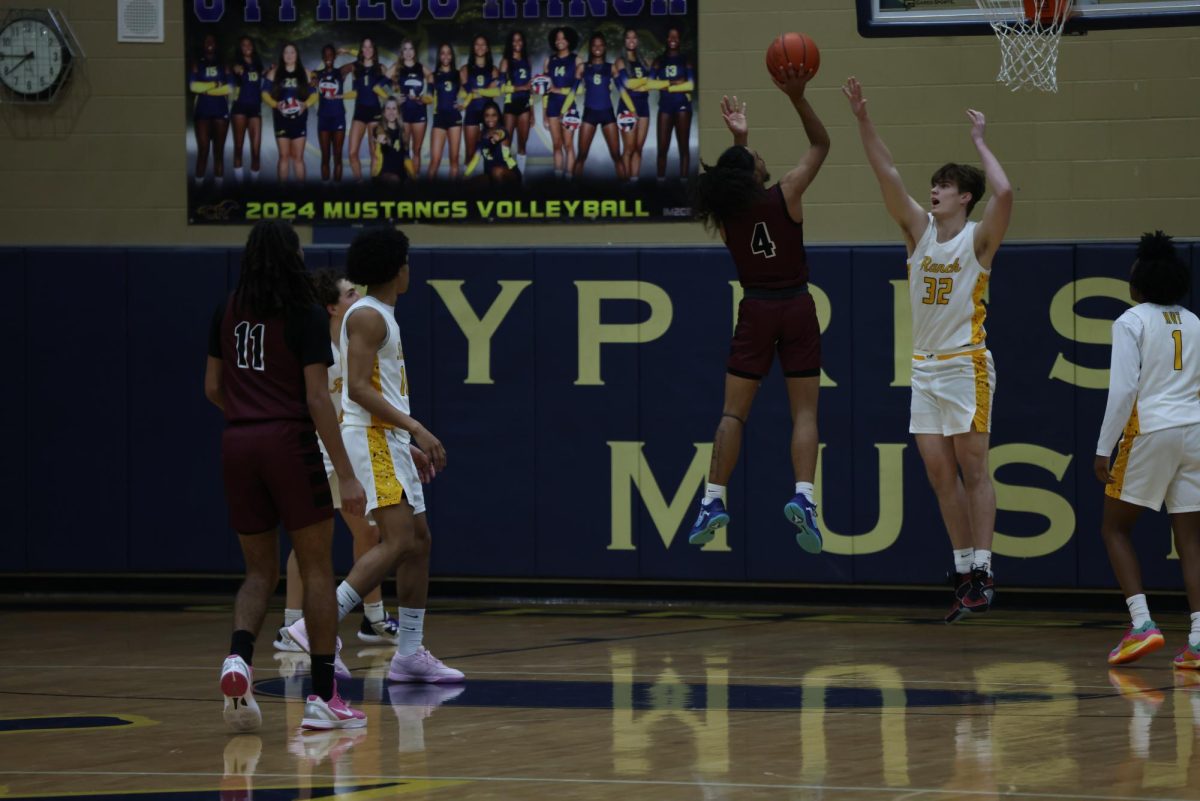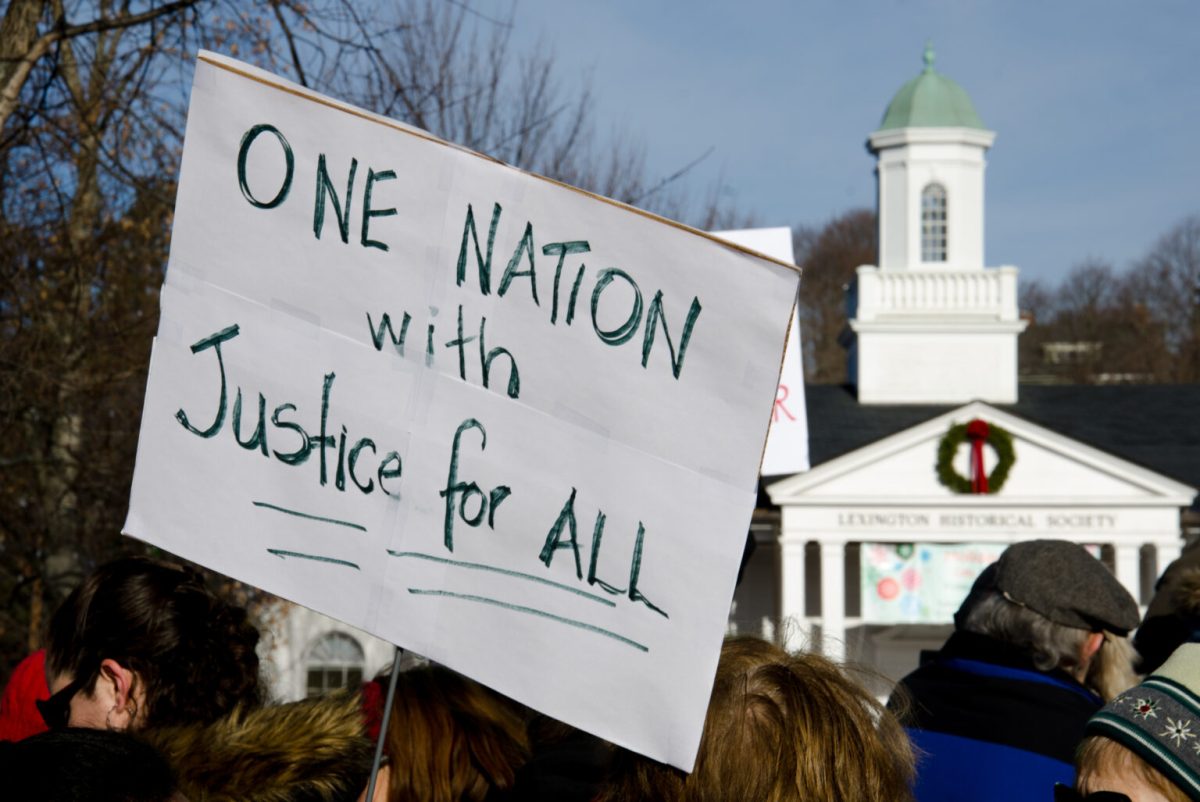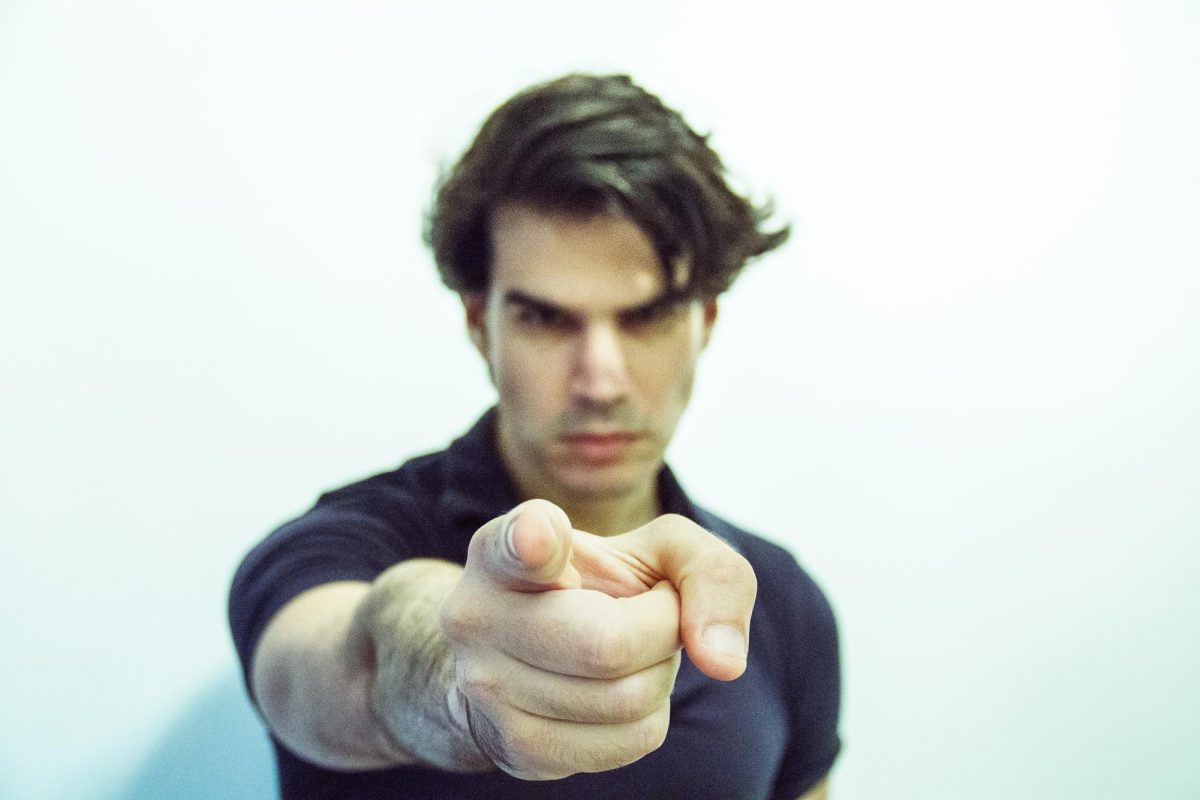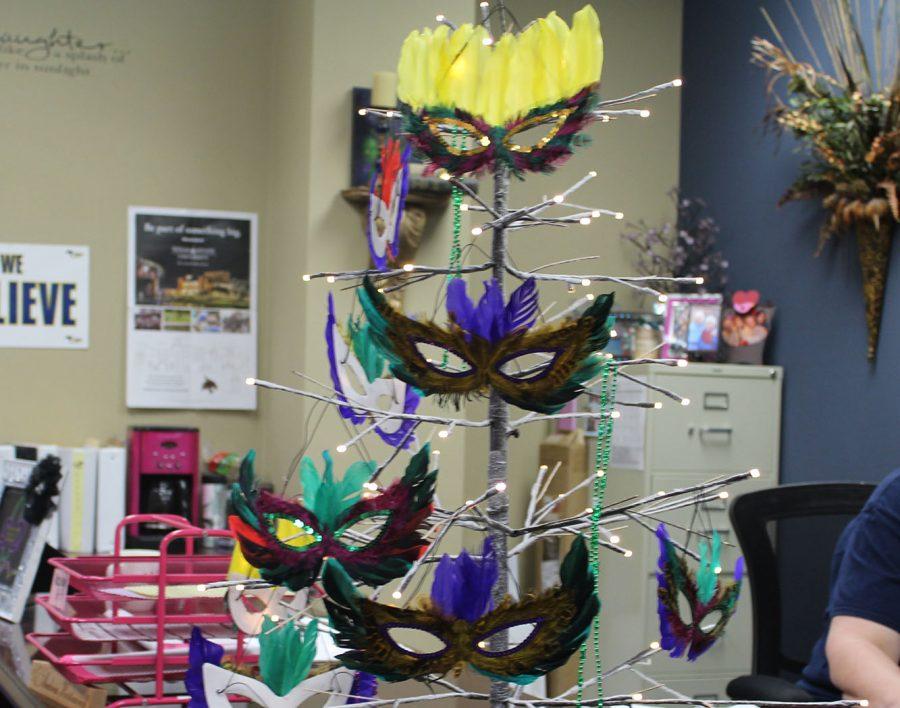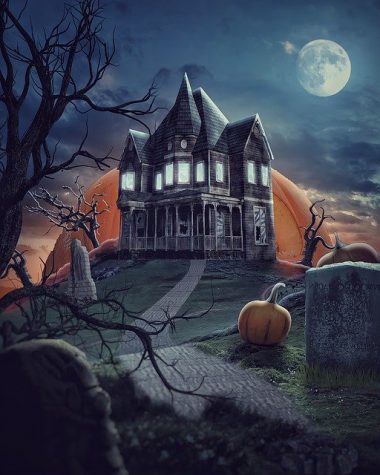Mardi Gras: The Country’s Most Mystical Holiday
Mardi Gras tree located in the attendance office at Cypress Ranch.
I came to the United States from Canada, where most do not celebrate Mardi Gras as a major holiday. Knowing the amount of French that I do from living in Canada, I can easily tell you that Mardi Gras means “Fat Tuesday,” but what does that mean? Looking into the holiday, I found that Mardi Gras highlights the artistic world of Louisiana and the realm of the historic French-American settler.
The idea of Mardi Gras obviously originated from France. Mardi Gras refers to the parading of “fat” cows through Italy as a way of parading wealth before a season of fasting. The closest equivalent holiday I can think of would be Eid al-Fitr, where people serve and eat lavish feasts to celebrate the end of Ramadan. With similarities in religious practices between Christianity and Islam, it does not seem so weird that Mardi Gras would be the equivalent of Eid and shows how religious the festival used to be.
The first Mardi Gras to be celebrated in America was in 1699, when an explorer set down shop about 60 miles away from New Orleans just to celebrate Mardi Gras. After that, the explorers promptly headed to modern day Mobile, Alabama to celebrate the first ever Mardi Gras in America. Mardi Gras is still celebrated to this day, but the focus has shifted rather far from a holy day of fasting to a day of festivities and celebration.
Modern day Mardi Gras is a lot different than past celebrations. From a holy day all the way from Europe to a tradition since the beginning of the United States establishment, Mardi Gras is a lot more complicated than what most assume is now a day of partying. Mardi Gras is more of a time for community and culture. It is a time to spend with family and friends to enjoy the blessings here in the United States.
Your donation will support the student journalists of Cypress Ranch High School. Your contribution will allow us to purchase equipment and cover our annual website hosting costs.






